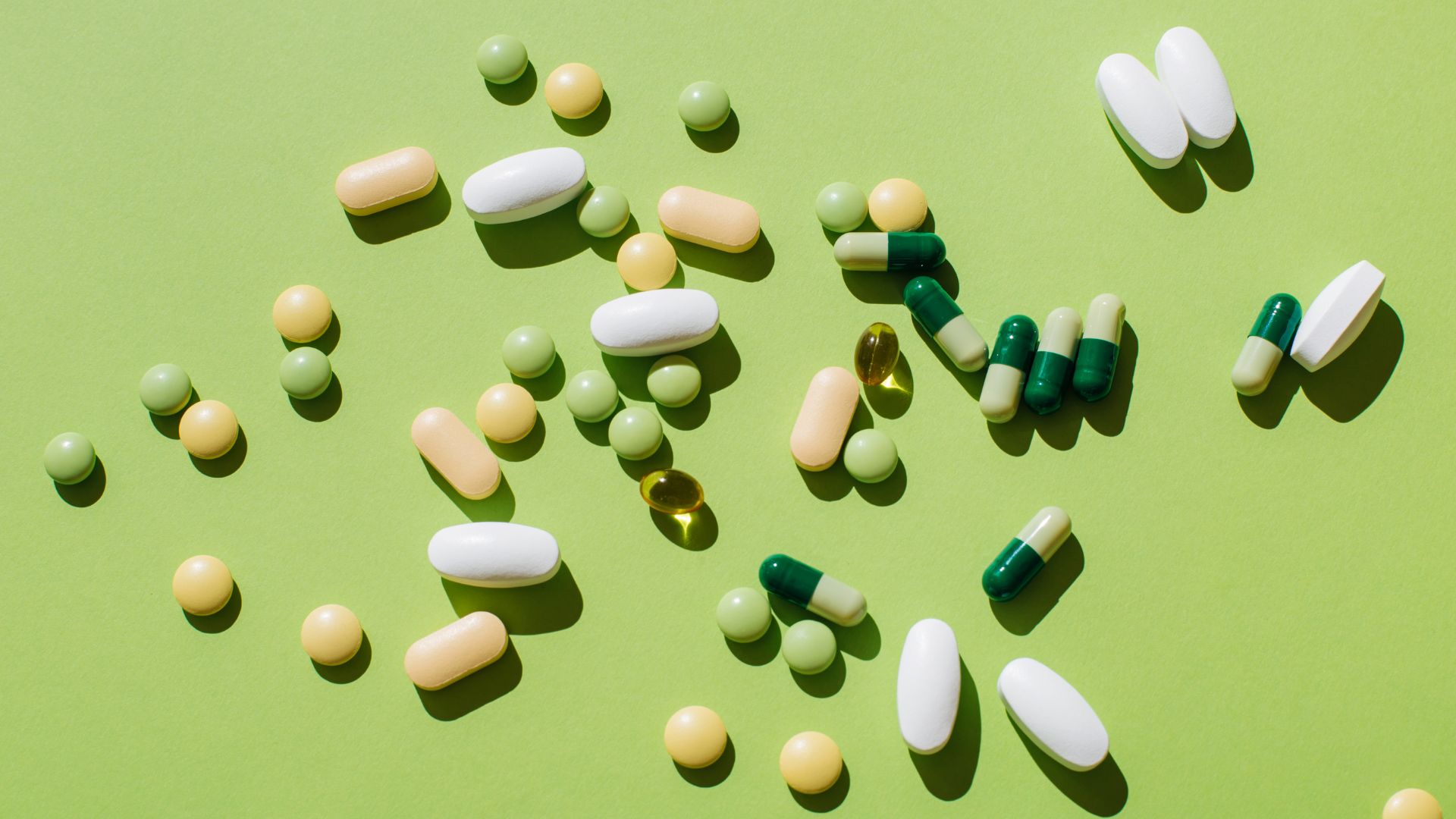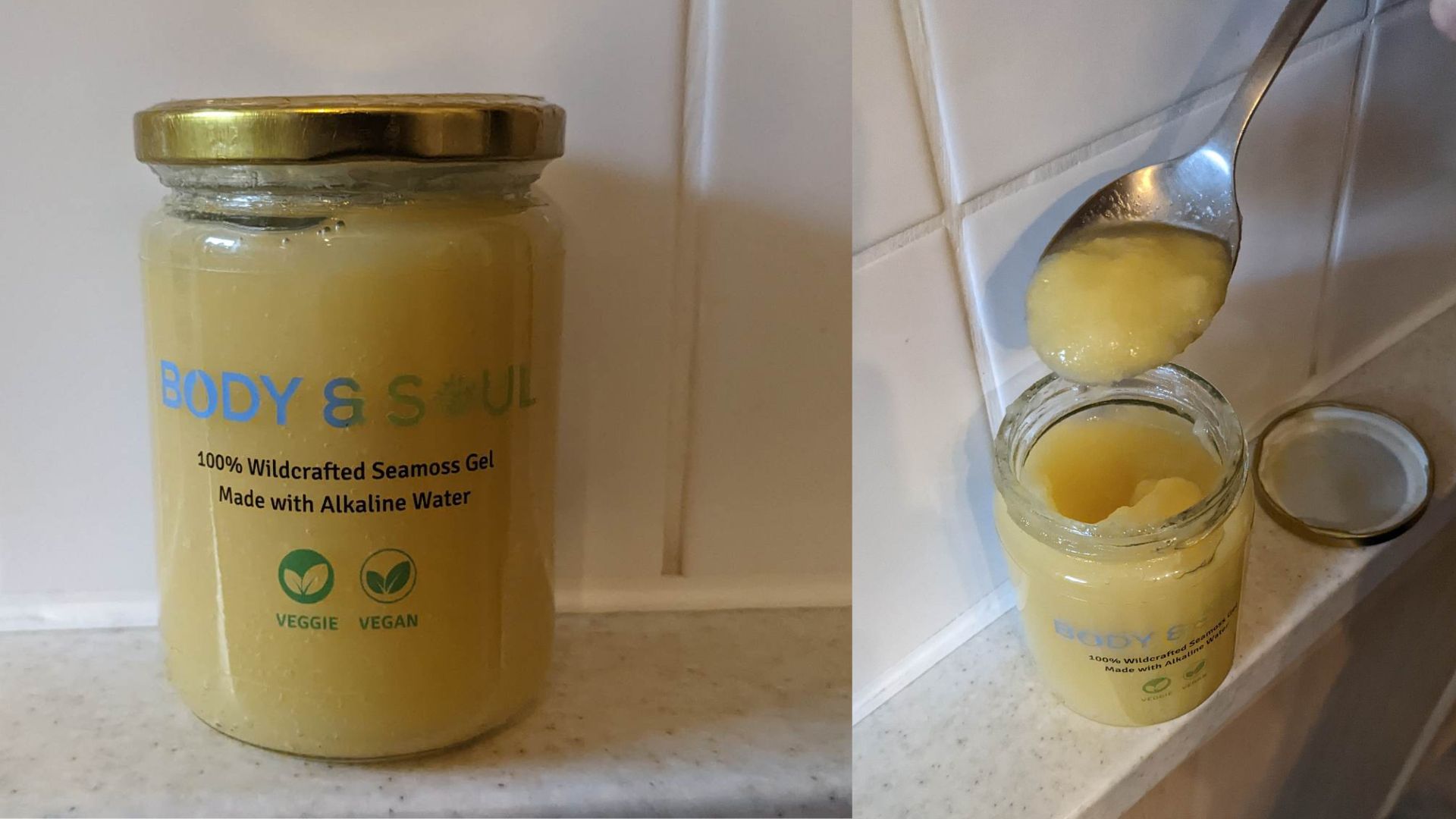What are the benefits of sea moss? Why the plant has become a new superfood
Looking to explore the benefits of sea moss? This is what the experts want you to know


Looking to explore the health benefits of sea moss? You certainly won't be the only one. Sea moss has been used in traditional medicine for hundreds of years but it found fame on social media this year and is now considered to be the latest addition to the list of 'must-try' superfoods. But is it worth it? Writer Samantha Priestley explores what sea moss is really like to eat.
This spiny sea vegetable, which is similar to seaweed, can be taken in a variety of ways, but it’s usually made into drinks, tablets, and most commonly, a kind of gel that you can cook with, use as a sauce, or take by the spoonful. Sea moss is often used as a thickening agent in catering and food manufacturing as well, due to its consistency. Some skincare products also now contain sea moss and it can be applied directly onto the face to help with skin conditions, to fight dryness and wrinkles.
Now sea moss has made its way into our homes and our daily lives, it could offer a variety of health benefits, according to experts, including helping to improve your gut health and helping you gain all the benefits of magnesium. Before getting on board this new health trend though, this is what experts want you to know - and the reality of adding sea moss into your daily diet.
What is sea moss?
To give it its scientific name, Chondrus Crispus is a kind of sea algae - like seaweed - that’s found growing in coastal areas of the Atlantic Ocean, around Europe and North America.
Sea moss is packed with vitamins and minerals like magnesium, iron, calcium, and zinc. It’s also full of antioxidants and contains high levels of iodine, which is good for thyroid health. However, this high level of iodine means it's important to make sure you’re not taking too much sea moss, as this can have the reverse effect and lead to thyroid problems.
You can cook with raw sea moss but it’s not recommended due to the issue of regulating your intake in this way. Alternatively, you can make your own sea moss gel from raw sea moss. To do this, simply soak the sea moss for 48 hours, drain it, and blend it with a little spring water. Sea moss itself grows in a range of colors: green, yellow, red, brown, purple, and black. However, the gel is usually either yellow or red, with the red variety labeled ‘Irish moss’.

Sea moss can be taken in lots of different ways, including in a tablet.
What are the benefits of sea moss?
Sea moss is low in calories, fat, and sugar and it has a small amount of protein. It also contains multiple iodine folate and omega-3. The antioxidants in sea moss are a compound also known to have anti-inflammatory properties, which can help in various areas of your health and wellbeing.
Sign up to our free daily email for the latest royal and entertainment news, interesting opinion, expert advice on styling and beauty trends, and no-nonsense guides to the health and wellness questions you want answered.
The benefits of sea moss are abundant and it certainly seems like a superfood, but Karine Patel, a plant-based nutritionist at Dietitian Fit, encourages us to exercise some caution when expecting miraculous results. “Possible benefits include better blood sugar management, and sea moss may help prevent Parkinson’s disease and may improve fertility," she says. "However, it’s important to note that many studies are done on seaweed and not specifically sea moss and that the studies done on sea moss were conducted in test tubes or animals. Therefore more research is needed to investigate the effects on humans.”
1. May promote better gut health
Sea moss is a good source of dietary fiber, which is digested in the gut. A study in association with the University of Illinois shows that the presence of this dietary fiber can improve our overall gut health. By taking sea moss, we’re basically feeding our gut bacteria what it needs to produce short-chain fatty acids, which are hugely beneficial to our gut health.
Short-chain fatty acids also increase our absorption of calcium, iron, and magnesium, and help with the maintenance and normal function of our intestines.
2. May help you lose weight
This same fiber that helps to keep your gut healthy can also help you lose weight by keeping you fuller for longer. "The fiber from sea moss helps you feel full and can prevent overeating," Patel says. "There is also a compound in sea moss called fucoxanthin that binds the fat from other foods and prevents it from being absorbed."
More human research is needed to validate these effects but the possibilities for weight loss are certainly there, as fucoxanthin can help break down stored fat cells and reduce the creation of new fat cells, according to research by Shandong University of Traditional Chinese Medicine and Sungkyunkwan University.
3. Combats rosacea and acne
Sea moss is rich in vitamins A, C, and E, which is great if you're looking to learn how to start a plant-based diet as they're all known to help keep skin healthy, but sea moss can also help to keep certain skin conditions such as rosacea and acne at bay because of its anti-inflammatory properties. Spirithoula Koukoufikis, the senior medical aesthetician at Skinfluencer, explains how sea moss may be a great addition to the best skincare routine for rosacea or skincare routine for acne.
“Being rich in sulfur means that sea moss has antibacterial, antiviral, and antimicrobial functions, so it is thought that it can help with balancing the skin microbiome and skin’s bioflora, which protects the skin and ensures its health," she says. "Anything that enhances the microbiome has a rejuvenating effect and gives the skin a healthy glow. The high sulfur content could also decrease the excessive production of sebum [oil] in the skin. Together with the antibacterial effect on acne bacteria, it may help reduce the severity of acne in people who suffer from this condition.”
4. Hydrates the skin
One of the most talked-about possible benefits of sea moss is the effect it can have on wrinkles. Sea moss helps keep skin hydrated, which means it stays plump and has a healthy glow. “Some research has shown that sea moss has inherent properties that help with the transepidermal water loss (TEWL) of the skin,” says Koukoufikis. “TEWL refers to the water that passes from the dermis through your epidermis and evaporates into the air. You want as little of this to happen as possible if you want your skin to be plump and hydrated.”
5. May help to control blood sugar levels
The compounds carotenoid and fucoxanthin, which are found in sea moss, help reduce insulin resistance and help to support better blood sugar control. As a study by The Korean Nutrition Society found, taking seaweed influences glycemic control and it might even benefit those with type 2 diabetes. However, it’s worth noting here that this is one of the occasions where the study was done using seaweed and not specifically sea moss. Although studies into the benefits of sea moss alone are fewer, many of the same properties found in seaweed are found in sea moss.
If you're looking to regulate your blood sugar levels, always talk to your doctor before trying new products.
6. May help with thyroid health
The thyroid gland releases hormones that regulate our growth, our energy, and govern our reproductive system, and it needs several different nutrients to stay healthy. One of these is iodine, which is found in sea moss at differing levels depending on how it’s prepared, and another is tyrosine, which is an amino acid also found in the algae-like plant.
But as noted, the thyroid is a delicate gland so it’s important to make sure you’re not taking too much iodine into your body, or you could end up with an overactive thyroid.

What happens if you take sea moss everyday?
To explore all the benefits of sea moss, I tried it for myself. I took Body & Soul sea moss gel every day by the spoonful directly from the jar, twice a day with food, as directed by the instructions, and saw results in just four days. The texture reminded me of sorbet or a smoother version of rice pudding, making it very easy to eat by the spoonful. Overall, it’s a pretty tasteless gel. If anything, it tastes vaguely of the sea but there’s really nothing in it that’s either unpleasant or pleasant.
After a few days of taking sea moss, I saw my skin begin to look healthier. I have rosacea myself, so I was interested to see how it did or didn’t help with the redness and how the benefits of sea moss would affect my skin condition. My skin took on a healthy glow and looked generally brighter, and my rosacea has begun to calm. But the biggest change I saw after taking sea moss for a few days was in my energy levels. I feel lighter and less sluggish, more awake, and more able to face exercising with a positive attitude to my fitness.
While I was directed by the instructions on the side of the jar to go in by the spoonful, how much sea moss you should take really depends on the form you're taking it in. Sea moss gel is safe by most standards and can be taken every day, but always follow the directions on the jar. If you’re using raw sea moss to cook with, you shouldn’t eat it more than once a week.
As for who can and can't eat sea moss, The British Dietetic Association recommends anyone following a plant-based diet should take an iodine supplement or look for other foods that can provide the iodine missing from dairy and fish in their diet. However, anyone with a thyroid condition and those who are pregnant should be careful about the amount of iodine they take, and generally, sea moss isn’t recommended for these people.
Samantha is a freelance writer from Yorkshire, writing about health and wellbeing for Woman & Home, Reader's Digest, Giddy, and Good Housekeeping. For the past 15 years, she's combined her personal experiences with reporting, to write about menopause, fitness, sleep, and healthy eating. She also writes about travel and food and drink for The Independent, The Good food Guide, Lonely Planet, Frommer's, and more.
